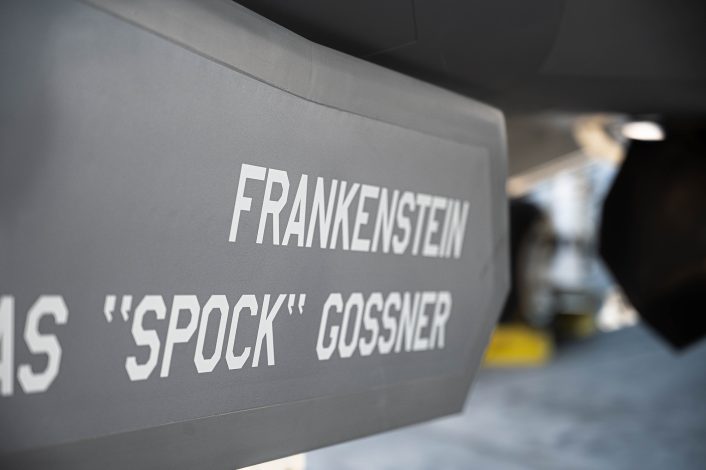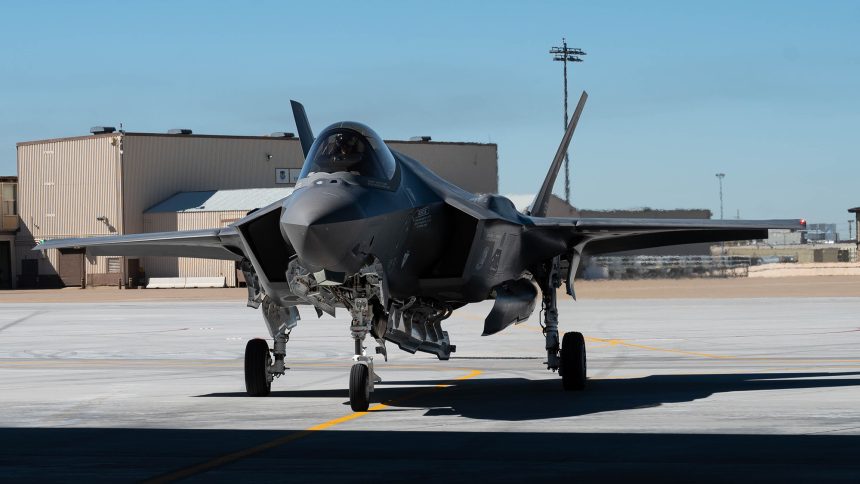The repair that ultimately resulted in the creation of the Franken-Lightning took two years and five months to complete and cost $11.7 million, $2.8 million under the projected budget.
The F-35A AF-211, 17-5269, is an F-35A assembled from parts of two damaged airframes: AF-27, which suffered an engine fire in 2014, and AF-211, grounded after a nose landing gear failure in 2020. In other words, this plane is a patchwork of two damaged F-35s that have been “stitched” together, earning it the unofficial moniker “Franken-Lightning”, “Franken-Panther”, or “Franken-bird”.
Rather than scrapping both F-35s, a decision was made to transplant the undamaged forward fuselage of AF-27 onto the relatively intact aft section of AF-211: a historic first for the F-35 program.
The repair effort, launched in late 2022 by the JPO in partnership with Lockheed Martin and the 388th Fighter Wing Maintenance Group, took more than two years and $11.7 million to complete. That figure came in $2.8 million under budget, and the total cost savings compared to procuring a brand-new F-35A was a staggering $63 million.
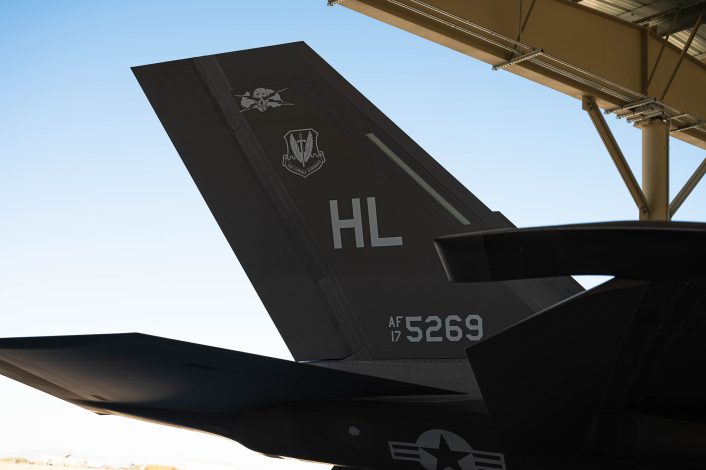
When we first got a glimpse of the hybrid airframe in January, thanks to the photos our contributor Victoria Fontana took at NAS JRB Fort Worth, the jet was still undergoing final checks. From the beginning, there was a sense of cautious optimism: a one-of-a-kind F-35A, bearing the scars and stories of two previous aircraft, rebuilt into a single, combat-ready platform.
“The scope and complexity of this project was an exemplary demonstration of overcoming barriers and achieving a greater tier of major aircraft repair capability for an advanced tactical fighter,” said Tomas Barber, an F-35 JPO Major Mishap Repair Team engineer.
As we noted in our previous coverage, the implications of such a complex rebuild go beyond just this one jet. It lays the groundwork for future high-end restorations that can extend fleet life and optimize the use of every bolt, bracket, and beam.
On January 24, 2025, the jet took to the skies on its first flight post-repair, departing Hill Air Force Base, Utah, en route to Lockheed Martin’s facility in Fort Worth. According to F-35A variant lead Jeffrey Jensen, the rebuilt Lightning “performed like it was fresh from the initial production line”—a remarkable endorsement of both the repair process and the team behind it.
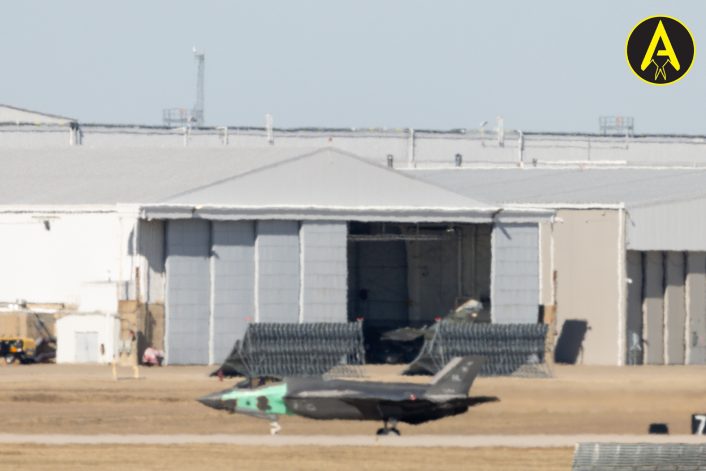
Less than two months later, on Mar. 26, 2025, AF-211 completed its return to full service, ferrying back to Hill AFB under the 4th Fighter Generation Squadron.
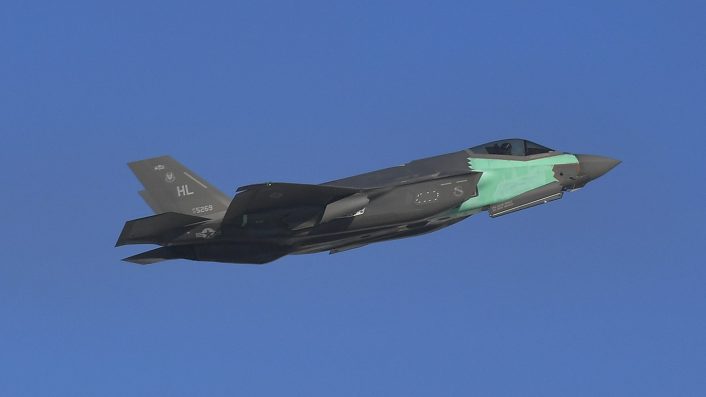
The U.S. Air Force has just released some interesting photos of the aircraft during routine activities on the ramp at Hill AFB. Remarkably, one of the images shows an interesting detail: the nose gear door of the F-35A Lightning II, showcasing custom stenciling that reads:
“FRANKENSTEIN”
MAS “SPOCK” GOSSNER
The word “FRANKENSTEIN” is a direct nod to the jet’s unique hybrid origin while the name “Spock” Gossner is likely that of the aircraft’s dedicated crew chief.
